IoT 设备管理平台是您深入了解所有已部署设备并管理其正常运行时间、安全性和功能的工具箱。这种解决方案的重要性随着网络规模的扩大而增加。不仅如此,缺乏管理软件实际上会抑制设备部署的可扩展性。您将如何接触这些设备、排除它们的故障、重新启动它们并更新它们的固件?
在这篇博文的配套博文中--
什么是IoT 设备管理? - 我们将讨论IoT 管理员需要能够执行的具体远程管理任务。
在这篇博文中,我们将提供一些使用案例,说明IoT 设备管理平台的重要性,并就IoT 管理工具如何工作以及如何评估其功能(这是选择最佳IoT 解决方案合作伙伴的关键步骤)提供更多见解。
谁需要IoT 设备管理平台?
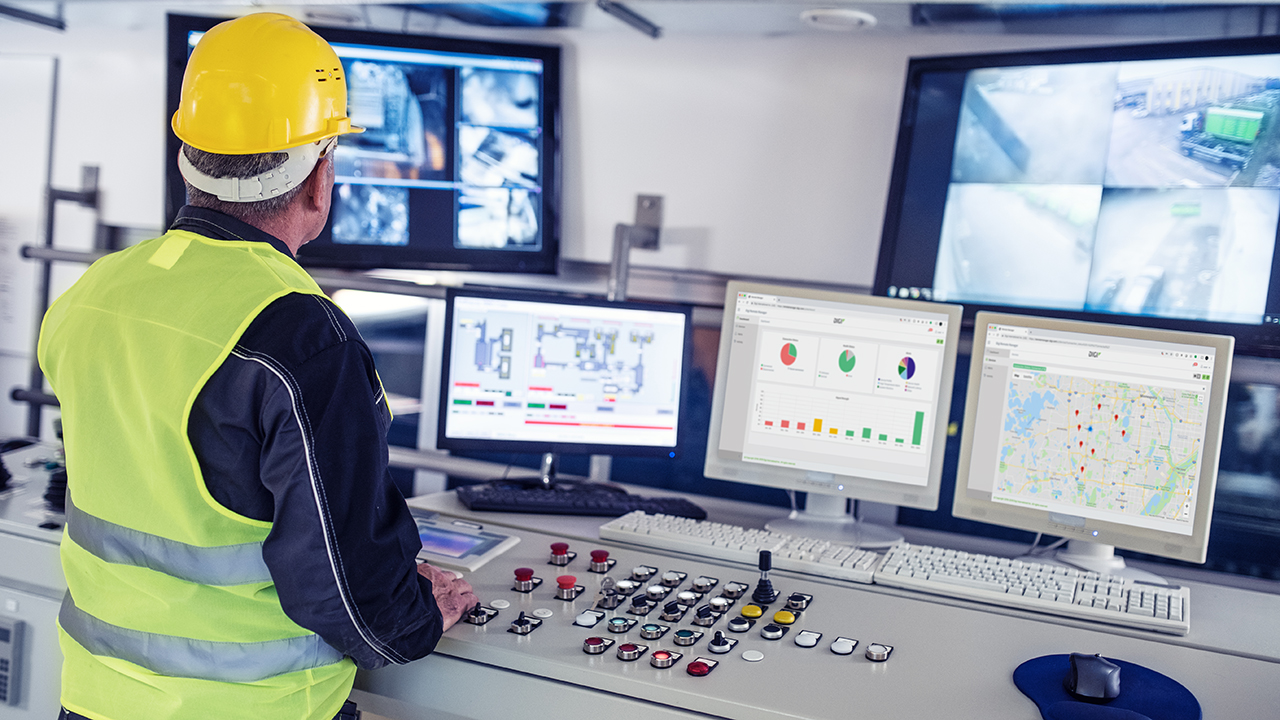
那么,谁需要一个软件平台来管理他们部署的硬件呢?所有这些设备不都是为了可靠地执行某种功能而编程的吗,难道你就不能连接它们,确保它们正常工作,然后继续你的日常工作吗?也许吧--如果你只有几台设备,而且需要时可以快速方便地访问它们。否则,您就需要一个管理平台,让您能够一目了然地了解所有设备的性能,排除故障并执行更新。
IoT 设备管理解决方案的形式和规模各不相同,但它们通常都能让您从办公环境或现场的移动设备访问每一台部署的设备。这样,您的IoT 经理和 IT 人员就可以通过一个控制面板对设备进行故障排除和管理。这些任务包括
- 为某些情况设置通知,如传感器读数超出正常范围。
- 只需点击几下,即可向任何或所有设备发送新配置,更新设备功能。
- 增强已部署网络的边缘计算性能,提高效率和数据管理。
- 为网络上的所有设备部署安全补丁,以应对新的行业信息或发现的威胁。
- 确保设备能够报告电池电量,以便及时更换电池。
由于上述原因以及其他原因,要保持设备网络与时俱进,您需要一个IoT 设备管理平台,它不仅能接触和管理您的设备,还能监听它们。最重要的是,该平台必须具备先进的内置安全性,只有经过授权的设备和用户才能访问您的设备网络。
IoT 部署实例:互联设备管理平台案例
物联网设备可以部署在任何地方。虽然无线电模块、网关和蜂窝路由器等设备安装在近处的情况并不少见,但许多此类设备最终都被安装在很远的地方,如难以到达的地方、移动的车辆或危险的环境中。让我们来看看IoT 设备远程控制的一些重要用例。
智能城市照明

如今,智能城市正在向基于传感器的自动照明系统转变,这些系统可以检测不断变化的照明条件和车辆的存在。这些智能照明系统在不需要时会自动关闭,因此更加节能。
由于检测和控制灯光的设备安装在灯柱顶端,除非技术人员驾驶装有 "cherry picker "的卡车,否则根本无法接触到这些设备,而这是一个非常昂贵的提议。此外,在一个部署中会有成千上万个这样的设备。管理所有这些设备的配置、安全或功能更新是非常不切实际的。参见 智能城市照明 案例研究。
农业和精准农业
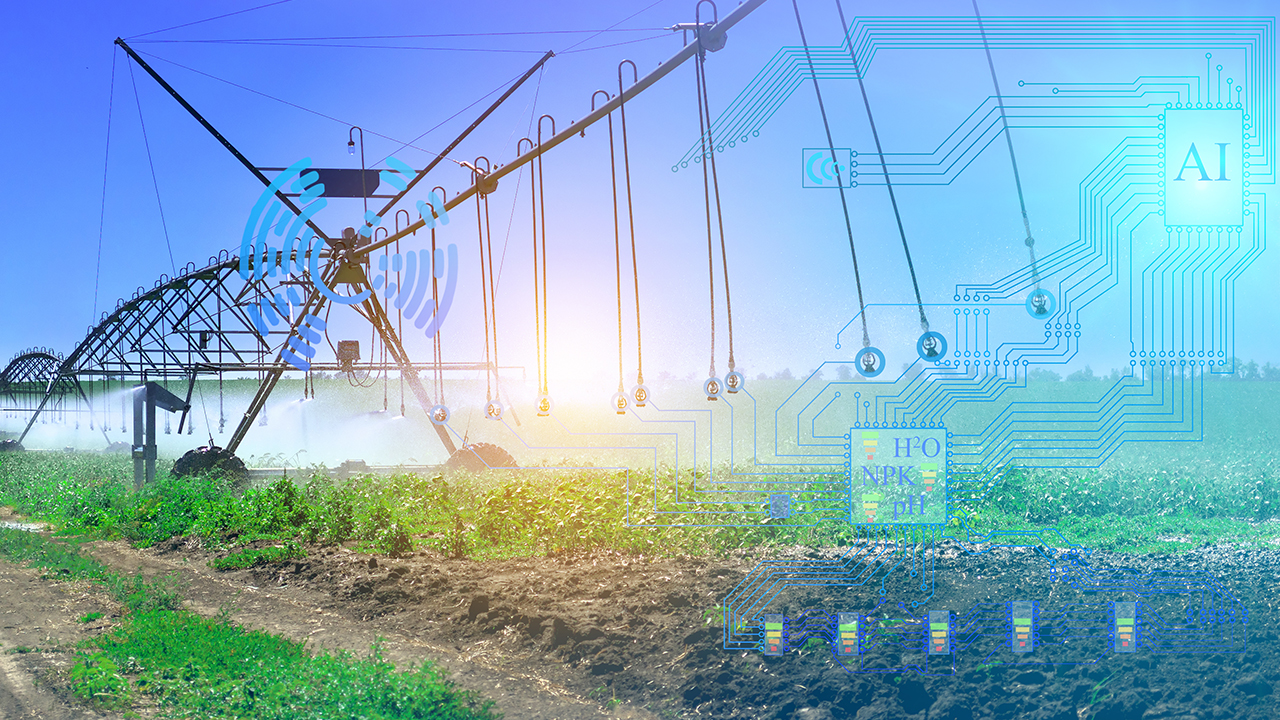
农业是采用IoT 技术应用最多的行业之一。从自动喂料系统到储料罐和料仓监控、智能灌溉、启动防冻风扇以及其他自动化流程。
在精准农业领域,IoT 设备可部署在数千英亩农田的不同位置。例如,在自动浇灌系统中部署支持 GPS 的IoT 设备,不仅可以根据土壤湿度传感器启动灌溉系统并在规定的作物区域内旋转系统,还可以在系统偏离航线时对其进行定位。
操作员必须具备远程访问设备进行故障排除的能力,以确保这些系统正常运行。越来越多的人工智能被纳入这些应用,以实现基于输入数据的自动决策过程。查看 精准农业 案例研究。
移动应用和车队管理
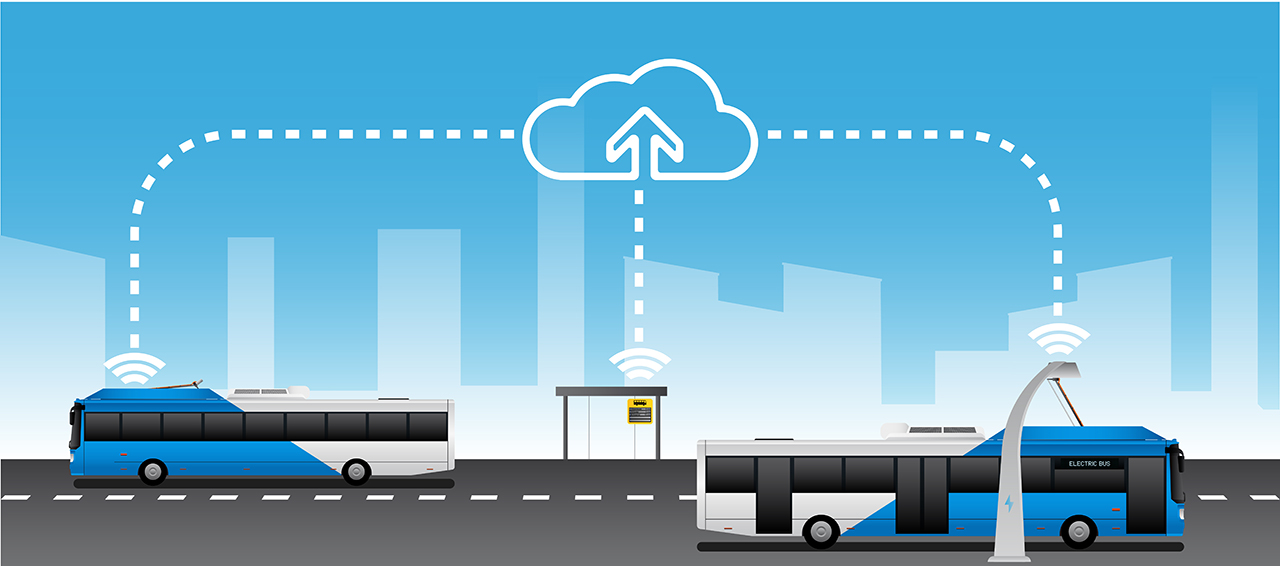
IoT 高性能蜂窝路由器等设备可能会不断运动,例如在 城市交通系统例如,在公共汽车、地铁和轻轨系统中,。例如,在公共汽车、地铁和轻轨系统中,IoT 设备承担着从收费到安全监控,再到提供操作员 GPS 和乘客 Wi-Fi 等各种任务。这些系统变得越来越复杂,对公交机构的任务也越来越关键,这意味着远程管理这些系统并获得整个城市的可见性的能力至关重要。
在供应链和包裹递送方面,IoT 设备可监控和跟踪车队、车辆操作员指标以及大城市地区和卡车运输路线上的递送状态。这些应用对可靠性有极高的要求,这就需要能够从一个集中的位置对其进行远程监控、故障排除和管理。
工业IoT 应用
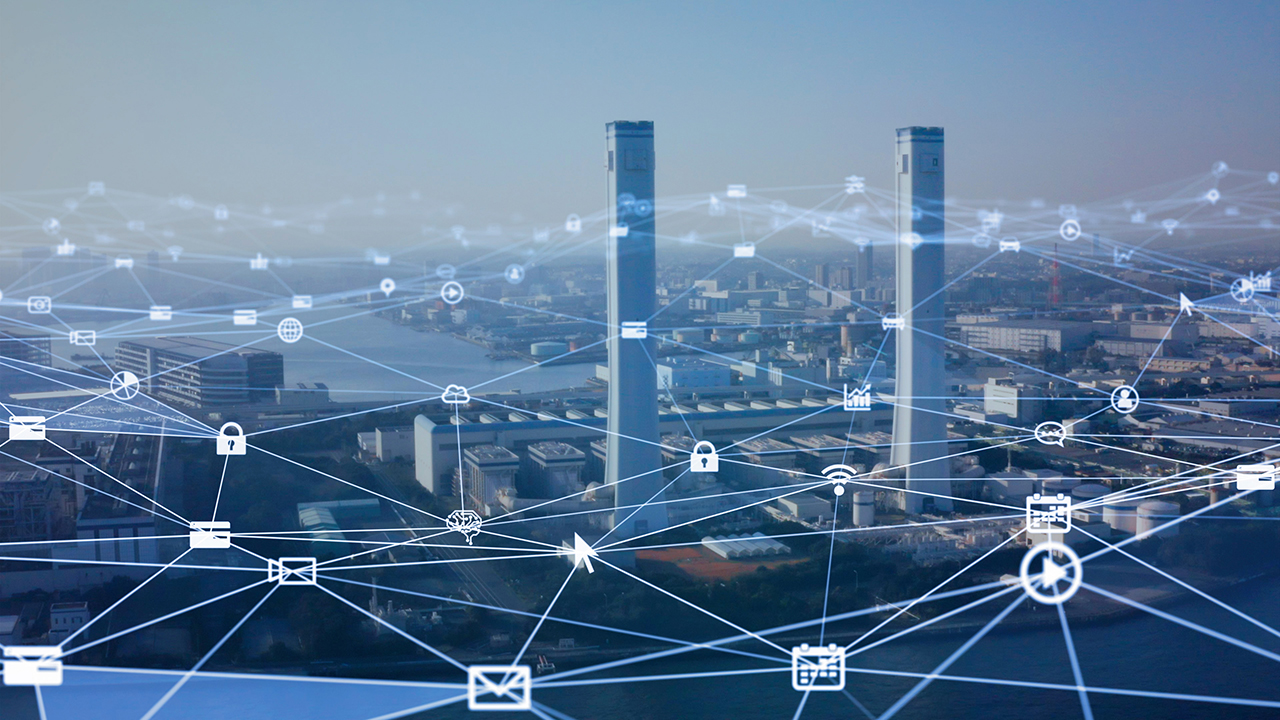
的定义 工业物联网 (IIoT) 的范围很广。它包括自动化、机器学习和人工智能在工厂车间的新兴工业 4.0 应用。它还包括石油和天然气、采矿、水和废水管理以及环境修复项目中的大量应用。
IIoT 还包括对水井、通信系统以及太阳能电池板和风车等清洁能源装置的远程监控。它甚至还包括城市街道、地铁和高速公路上的数字标牌,因为支持这些部署的设备必须是工业级的,以应对极端温度、潮湿和振动。
因此,在工业IoT 中,连接设备可以集成在偏远地区、地下系统、建筑项目、地铁数字标牌、桥梁和立交桥上,或炼油厂迷宫般的管道深处。所有这些设备都需要监控、管理和定期固件更新。在物联网部署中,设备的使用寿命可能长达十年或更长。因此,不可避免地需要不时地进行功能增强、安全补丁和固件更新。
下图显示了IoT 设备的部署情况以及Digi Remote Manager 平台在 SCADA 系统中的作用。

以下是一些工业IoT 案例研究:
- 了解Wake, Inc.如何通过以下工具帮助施工项目经理监控混凝土养护过程Digi Remote Manager
- 了解 AFCEC 在鳕鱼角联合基地超级基金场地提供的高效、节约成本的无线通信系统和监控解决方案
- 了解cropx如何为灌溉系统建立先进的监控和管理程序,并通过与传感器的连接降低成本、改善运行状况
- 了解一家大型石油天然气公司利用 Digi 解决方案改善运营和远程监控的情况
交通管理 - 案例研究
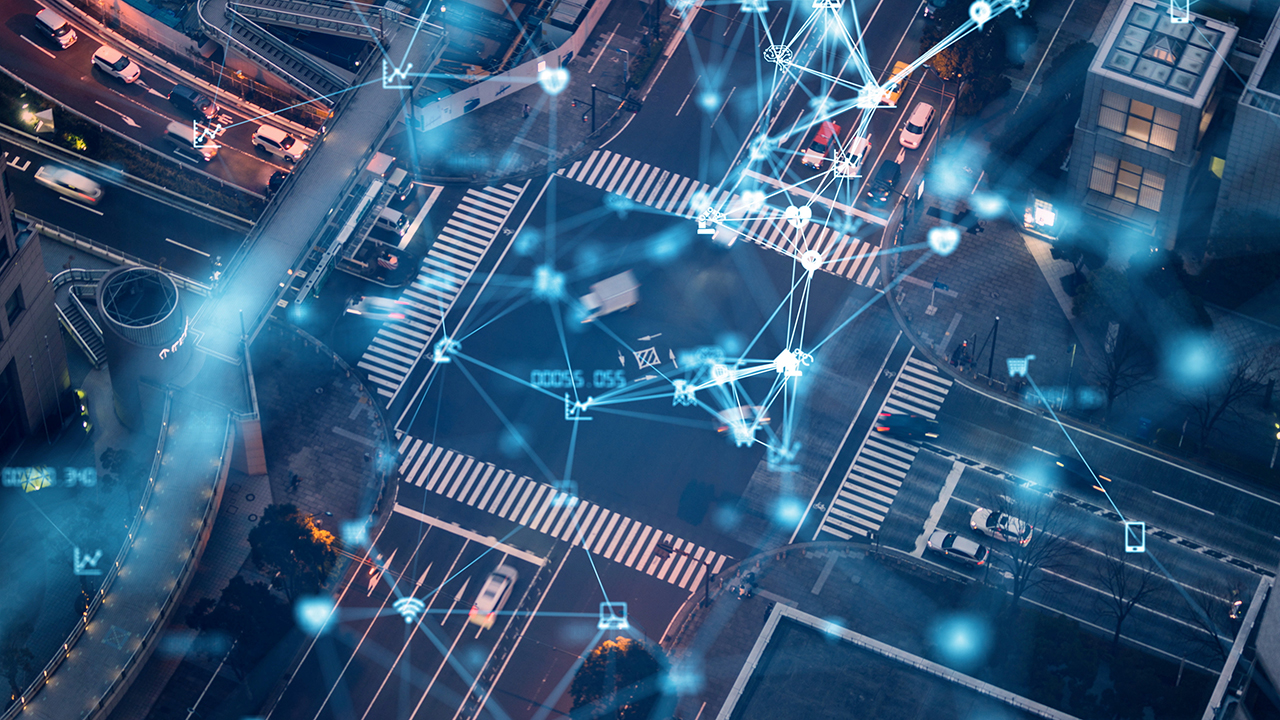
如今,市政当局正在全市范围内升级其通信系统,以提高基础设施的可靠性以及远程配置、监控和管理其部署的能力。智能交通系统(ITS)项目可实现复杂且面向未来的功能,包括车辆检测系统、交通流量响应信号配时以及车对车通信,所有这些功能都将通过全面推广 5G 而得到增强。
为支持这些具有前瞻性的举措,交通部门在建设完善的基础设施时,如 纽约市交通局 在为互联汽车和自动驾驶汽车的未来做好市政交通监控和管理准备的同时,他们也在利用当今市场上最先进的面向未来的技术。例如,纽约市完成了一次大规模的城市升级,在全市 5 个行政区的十字路口部署了 14,000 台 Digi 蜂窝路由器。
您可以在 案例研究和我们的 博文 部署。这次讨论的关键部分是 Digi 远程管理器 IoT 设备管理平台,这有助于在创纪录的时间内进行大规模部署,实现零接触配置。
这种能力由 Digi 专业服务 该团队确保现场安装人员能够设置和连接设备,而无需在现场安装过程中执行复杂的调试步骤。
这些只是商业、政府和工业领域需要物联网设备管理的众多原因中的几个。但它们都说明了一点:监控和管理所有这些设备需要集中管理和控制。
IoT 设备管理平台的作用

综上所述,在规划IoT 部署时,必须牢记IoT 网络不是一成不变的。它就像一个有生命的有机体。人类不可能同时监控几十、几百、几千甚至上万个网络。 百万 - 要有效管理这些设备的安全性和正常运行时间。也不可能对所有这些设备手动执行更新。
因此,IoT 设备管理平台具有一些非常重要的功能:
- 安装/认证:安装设备和设置网络是一项劳动密集型工作,因此成本高昂。Digi Remote Manager® 等全功能管理平台简化并加快了这一过程,在设备添加到网络时,从批量配置到设备认证,它都能提供便利。
- 配置管理:IoT 管理人员必须具备重新配置和管理已部署设备的能力,以管理数据传输、设备唤醒时间和安全性。像Digi Remote Manager 这样先进的IoT 设备管理平台还能为安全监控执行自动配置管理,并在发生篡改时将配置重置回批准状态。
- 安全集成:构建和部署连接设备网络的各个方面都必须设计成能够检测、管理和挫败安全威胁,而IoT 设备管理平台是IoT 生态系统中的一个关键齿轮。有关 Digi RM 内置安全控制的信息,请参阅Digi Remote Manager 关于安全、合规性和病毒检测的技术简介。
- 监控:监控是一个优秀平台的关键功能--能够洞察部署中任何地方的问题或故障。网络指标还能揭示影响性能或显示安全威胁的模式和趋势。管理员可以设置警报,自动通知他们某些情况,并按所需时间间隔生成状态报告。
- 远程访问:每一个成功的IoT 部署都包括在整个部署网络中执行维护和故障排除的功能。例如,Digi Remote Manager 不仅可为 Digi 设备提供这些功能,还可对任何带串行接口的设备进行带外访问。请参阅下图,了解IoT 网络中的这一功能。
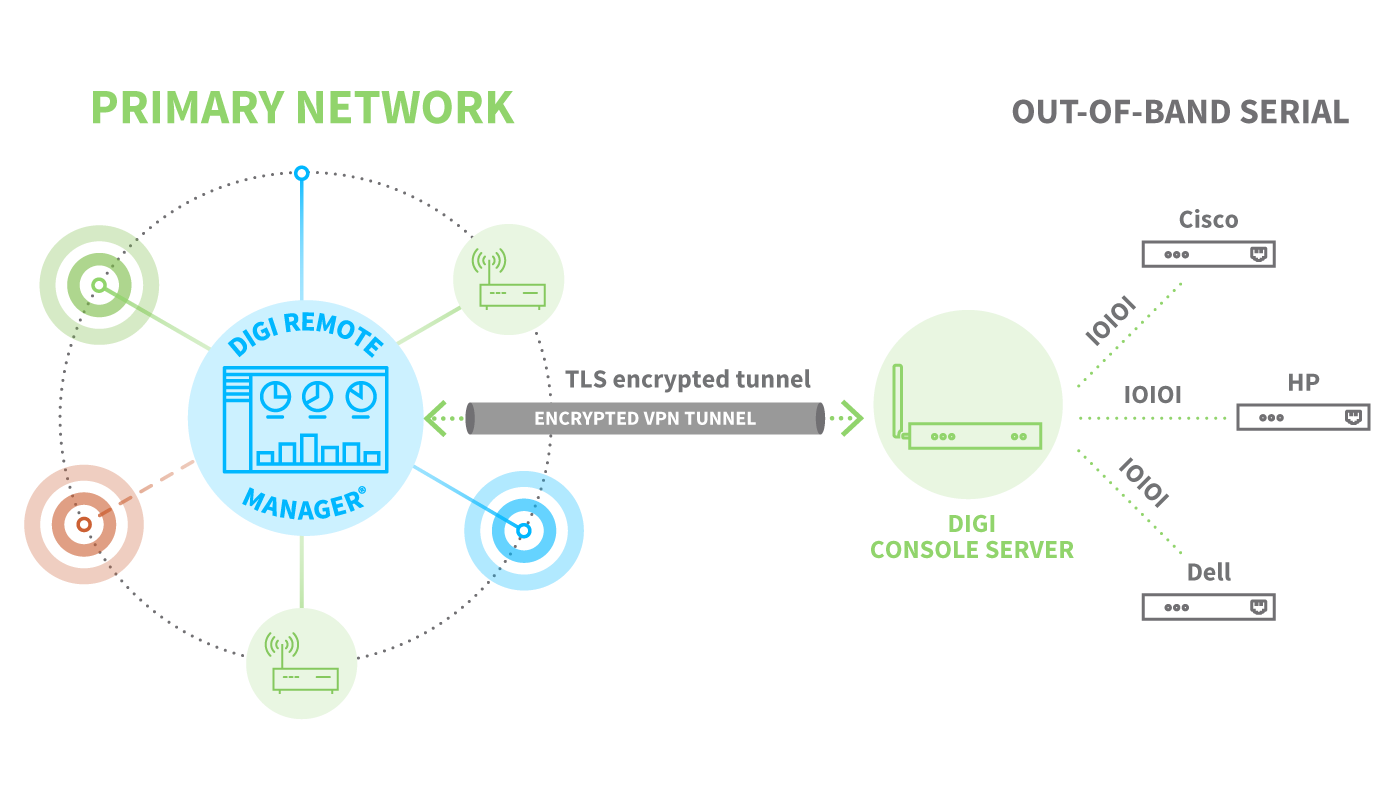
有关管理系统功能的更多详情,请参阅相关博文:什么是IoT 设备管理,为什么需要它?
评估IoT 设备管理平台
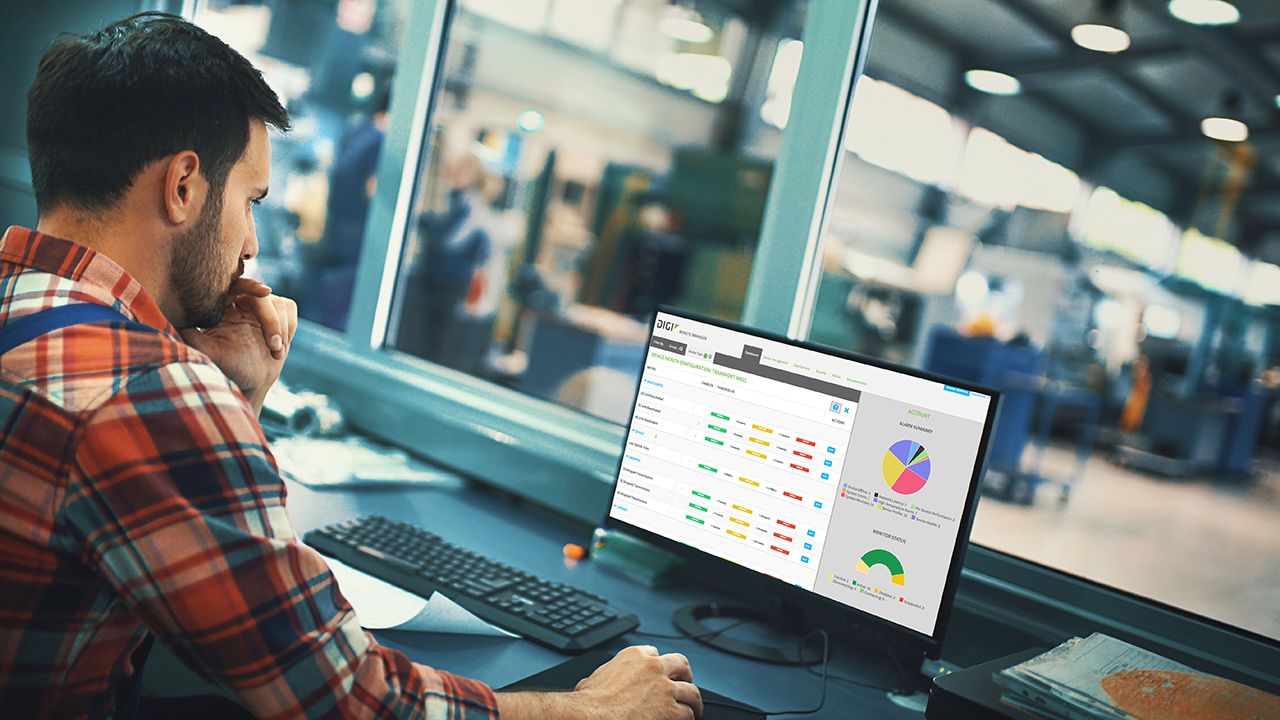
设备管理从最初选择IoT 设备开始。与提供集成、先进和安全的IoT 设备管理平台的设备供应商合作至关重要,该平台可让您从应用界面无缝配置、监控和管理设备网络。
在设备采购决策中纳入IoT 软件
在评估和选择设备供应商时,IoT 设备管理平台的重要原因:
- 在网络中配置和注册设备应通过软件进行,软件将记录每个设备的 ID、设备类型和配置,以及设备在网络中的位置。
- 同时配置大量设备并有效监控其安全性的能力可确保可扩展性。如果没有这些功能,企业就无法推出大型部署,无法对其进行监控或有效管理。
- 并非所有IoT 设备管理系统都一样。程序的主要功能必须与您的部署、设备配置、边缘计算、远程访问和监控要求相匹配。此外,评估设备管理平台的成本和投资回报率也很重要,以确保其满足您的需求。
注:需要提醒的是,在设备网络部署后添加IoT 设备管理程序更具挑战性。
IoT 设备管理平台的主要功能
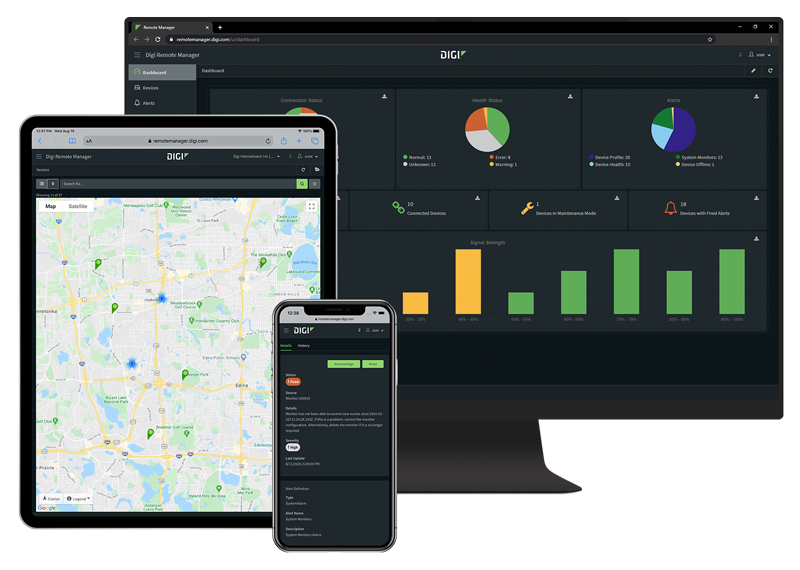 用于管理IoT 设备网络的大多数平台都具备基本功能,可对设备进行身份验证和配置,为设备组部署新固件更新以更新设备功能或安全性,以及远程排除故障。但是,对于当今的许多应用来说,更全面的控制(以及 上下文IoT 设备管理) 的智能网络解决方案。
用于管理IoT 设备网络的大多数平台都具备基本功能,可对设备进行身份验证和配置,为设备组部署新固件更新以更新设备功能或安全性,以及远程排除故障。但是,对于当今的许多应用来说,更全面的控制(以及 上下文IoT 设备管理) 的智能网络解决方案。
以下是一些需要注意的其他关键功能,以及它们为智能应用管理提供的价值:
- 强大、复杂的应用程序接口:
- 寻找一个 API 浏览器,它能提供 API 库的无缝导航,并能方便地测试 API 功能。
- 寻找将自己的软件或数据库程序连接到远程管理程序的功能。该功能可将远程管理程序功能集成到您自己的系统中,还能将数据发送到数据库,以便从IoT 设备管理平台数据中创建定制报告和分析。
- 可定制的仪表板:
- 能够根据自己的需求和规格编辑应用界面非常重要。例如,Digi Remote Manager 使您能够自定义仪表板小部件,因为没有两个IoT 部署是相同的。这一功能使管理人员能够设置一目了然的视图或图表,以便深入了解特定网络的最关键情况。
- 复杂的监测和报告:
- 确保平台提供全面的管理仪表板,使网络管理员能够监控整个部署,并深入设备组或单个设备调查异常情况。寻找可提供基于云的分析的平台,以便对连接设备群中出现的任何问题提供有用的见解。
- 系统应生成程序日志,以跟踪性能并帮助识别和诊断问题。例如,如果设备的用电量因不明原因而激增,程序日志应为管理员提供有关用电量激增的时间和情况的数据,以便他们分析和解决问题。
- 向已部署设备发送自定义脚本的功能:
- 该功能可让应用管理器向部署的设备发送 Python 脚本等文件。例如,Digi Remote Manager 为设备提供授权文件系统访问,以便下载脚本和其他文件。例如,设置一个安全的 Wi-Fi 热点登录页面,以便访问路由器上的 Wi-Fi。
- 分组和控制设备组的功能:
- 设备管理平台的一个关键功能是控制设备配置,这应该是任何此类平台的标准配置。与众不同的一个关键因素是可以灵活地创建任何设备组并应用特定配置。例如,如果您有一种设备类型,并将其部署到三个不同的应用程序中,那么您必须能够为每个应用程序分别设置配置。Digi Remote Manager 提供了这种灵活性,但并非所有IoT 管理程序都能做到这一点。
- 接入边缘设备:
- 启用边缘计算是当今越来越多IoT 部署的一个关键功能,可减少数据传输延迟,提高网络效率。IoT 设备管理平台应支持这种访问,以确保您能够管理来自边缘的数据流。
- 带外管理:
- 对于许多应用而言,能够访问脱机IoT 设备并排除故障至关重要。虽然某些远程管理工具需要升级才能使用这一重要功能,但Digi Remote Manager 可通过其基本级服务实现带外访问。这是通过运行 Digi Accelerated Linux (DAL) 操作系统的Digi Remote Manager 和蜂窝产品组合的串行连接实现的。
- 白色标签:
- 对于那些希望开发具有自己品牌的解决方案的人来说,这是一项重要的功能。例如,Digi Remote Manager 提供白色标签选项,使增值经销商能够将功能纳入其解决方案。例如,一些客户使用Digi Remote Manager API 为特定用例或语言本地化定制软件。请参阅Enlazza 案例。
如需进一步了解如何利用先进的IoT 设备管理软件安全地管理IoT 设备部署,请立即通过www.digi.com/contactus 与 Digi 联系。或访问shop.digi.com开始免费试用Digi Remote Manager 。